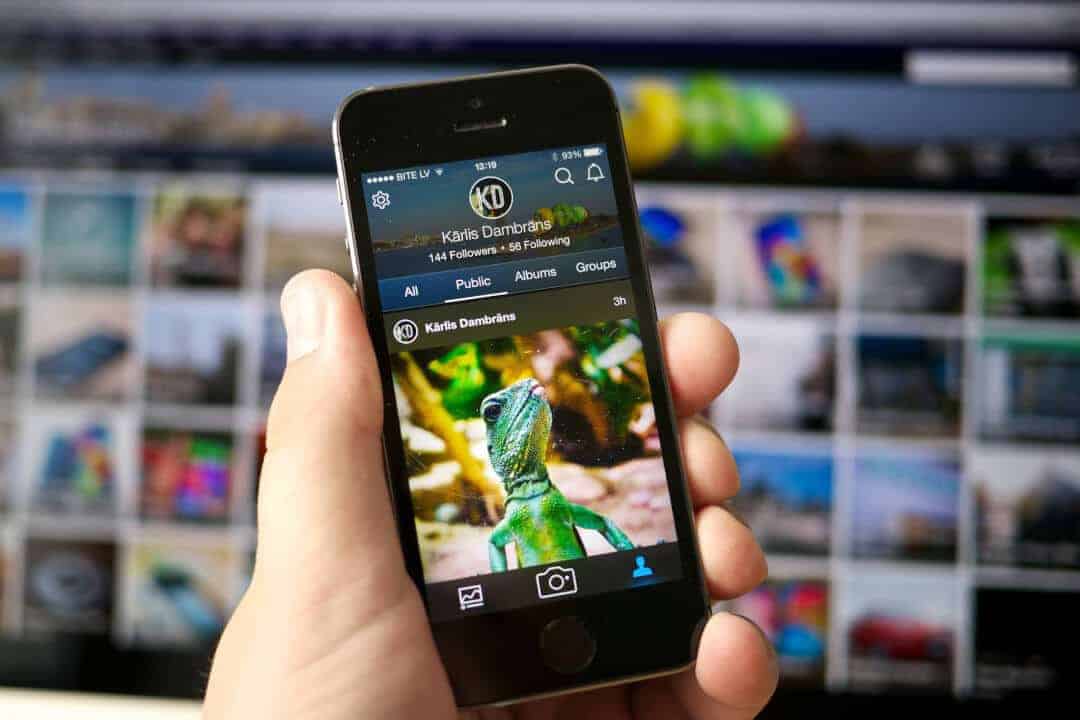Social Media: Is There Any Room for a Brand New Social App?
Over the past 20 years, the impact of social apps has been inescapable. Many often debate as to which leading platform had instant success first. That depends on whether you would count Microsoft’s MSN, or YouTube or Facebook. Social Media’s objective from concept to creation has differed significantly since its initial launch. It first acted as the main source of disposable entertainment. However, it has since transformed to be a companion and become fully integrated into our everyday lives.
Since its initial conception, we’ve seen a wide variety of Social Media products come and go. Some have had a little success and some have had substantial followings and industry-leading innovations. We are all familiar with are often the likes of Facebook, Instagram, Twitter, Linkedin, WhatsApp, Snapchat, TikTok and YouTube. Whilst we still have a lot of services to choose from, every year there are new additions being created. All of these try and mimic the success of these powerhouses. As a result, we see either moderate success or complete failure.
Some may say this is because the new apps lack anything fresh and innovative in their services. However, they fail to differentiate themselves from competitors. The real question is: How many different ways can we continue to share more of our privacy, than with the products we already have?
Remembering those that came before
Communication – no matter the distance – has become easier than ever before, and marketing has evolved in many ways few people initially expected to. What comes with that is a variety of social media platforms that comes and goes, and just to name a few to jog your memory:
Vine – acted as a free mobile application that enabled users to record and share an unlimited number of short, looping video clips with a maximum length of just six seconds. (Most believe that without the likes of Vine, new-comer apps such as TikTok wouldn’t exist)
MySpace – acted as an online community that enabled friends to keep in touch and meet new people. It started out as a website that bands and musicians could use to promote their music but evolved into a more general community of friends.
MSN – acting as a web-based app that provided users information from sources published onto MSN. Microsoft launched this service along with the 2014 redesign of the MSN web portal, rebranding many of the Bing apps that originally shipped with Windows and Windows Phone.
Tumblr – acted as a blogging and social media tool that allowed users to publish a “tumblelog”, or short blog posts. Tumblr’s major differentiator is the free-form nature of the site and the ability of users to heavily customise their own pages to show off their tastes and interests.
Google Plus – The Google+ design team sought to replicate the way people interact offline more closely than is the case in other social networking services, such as Facebook and Twitter. The project’s slogan is “Real-life sharing rethought for the web.”
Social Media platforms in recent years that have seen success
Whilst the other platforms – such as those listed above – saw great success, they were often prematurely compromised as a result of competitors, that isn’t to say that there haven’t been any new successful apps in recent years that have made a name for themselves. Especially with the following:
TikTok
TikTok is a social media platform that found instant success for both the new generation of teenagers as well as being a hit tool for propelling songs into chart-topping phenomenons via challenges and memes. It established its success as it enabled its users to freely create, share and discover short videos. The app is used by young people as an outlet to express themselves through singing, dancing, comedy, and lip-syncing, and allows users to create videos and share them across a community, which has been imperative especially during the global pandemic of COVID-19.
Houseparty
Houseparty is a video communications tool that allows multiple users to video-chat with each other while playing games. These fun and intuitive games range from the infamous ‘Draw Something’ to ‘Charades’ – which proved to be an instant hit with teenagers (especially during the initial lockdown). There are versions for both iPhones and Androids, as well as for Mac computers and the Chrome web browser, which made the service a more accessible contender for Zoom.
Clubhouse
Acting as a unique version of being a communications service, Clubhouse is a part talkback radio and part conference call app. Clubhouse is a social networking app based primarily on audio-chat. Users can listen in to conversations, interviews, and discussions between a variety of friends on various topics that are of interest – it is just like tuning in to a podcast but live and with an added layer of exclusivity.
Is there a gap in the market for a Brand New Social platform?
When it comes to finding success in Social Media, it’s essential to have a unique selling point in your product. Something the other platforms do not have. It is almost inevitable that there will always be a gap in the market for a new tool to go viral. The difficult part is ensuring that it can be an instant success. Offering users more creative ways to communicate with each other and provide intuitive ways to share more information.
If you have a Social Media app idea, Talk To Us today!
Share this
Subscribe To Our Blog
You May Also Like
These Related Stories

10 Amazing Ways you can Pay with your Smartphone

How Can I Promote My App?





